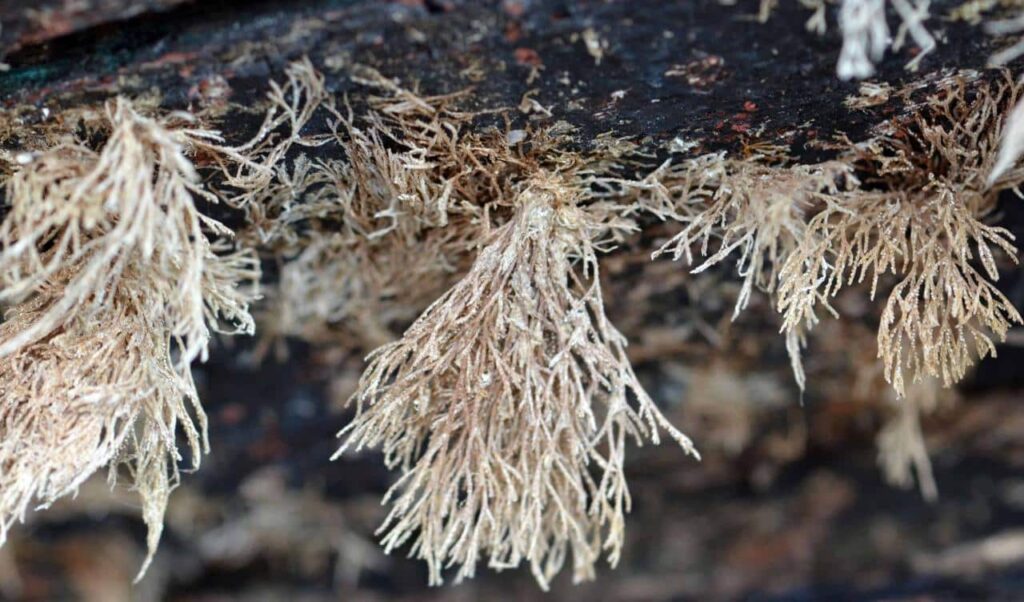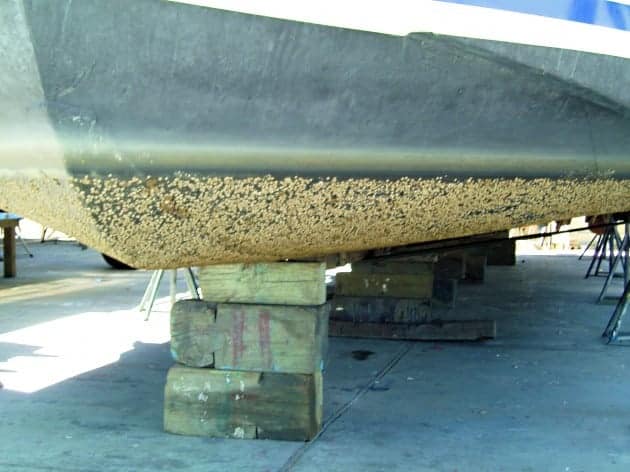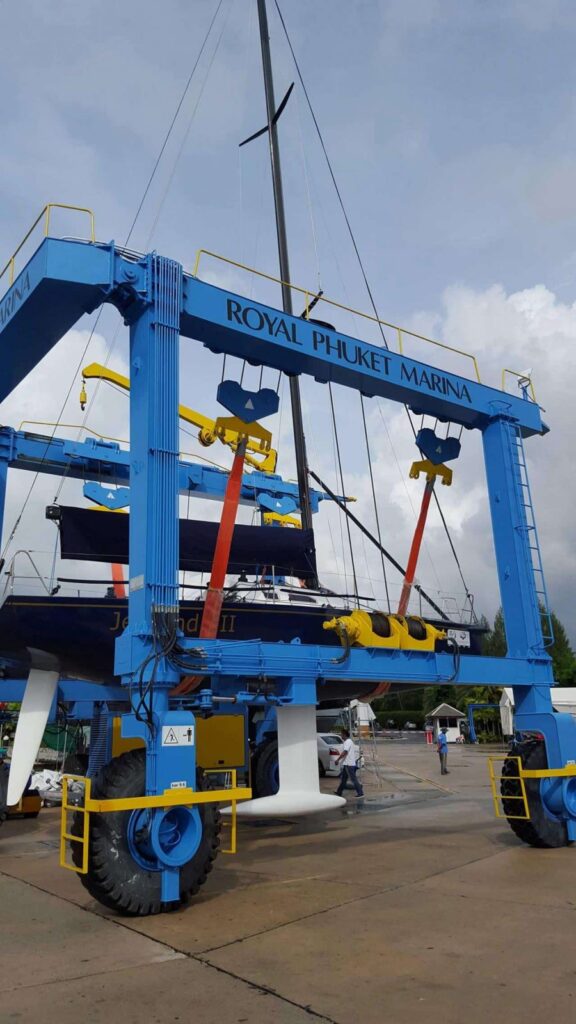Learn more What is & Why should you know? Everything you need to know about Antifouling

What Are The Main Types Of Fouling?
Fouling, or more accurately ‘biofouling’, is the build-up of plant and animal life that occurs on all submerged structures, from rocks to oil rigs – and, of course, boat hulls. These are generally split up into two subdivisions: microfouling and macrofouling.
What’s The Difference?
Microfouling is made up of microscopic bio-organisms, such as slime, bacteria and other small algal life forms. Macrofouling is the bigger stuff that yachties tend to get worked up about, such as barnacles, muscles, tubeworm, sea squirts and seaweed.
Why Should I Worry About It?
Because any significant growth of fouling has an immediate effect on your boat’s performance and its fuel efficiency. On planning powerboats, even a light build-up of fouling can knock five knots off your top speed and increase fuel consumption by up to 40%. Heavier growth may prevent a boat from planning altogether.
Does Fouling Vary From Place To Place?
Absolutely – from place to place and even year to year, according to the water temperature, its salinity, the level of sunlight, the number of nutrients and countless other factors. Generally speaking, the higher the water temperature, the greater the growth, hence the reason fouling is so bad in Thailand.
Has It Always Been A Problem?
Yes. And it was arguably even more of a problem to the lumbering sailing ships of yesteryear. Heavy fouling or the lack of it could be a matter of life or death during the slow-motion naval battles that they engaged in.
How Did They Cope?
In the early days careening was the preferred method. This involved tipping the ship on its side, lighting small fires under the hull, then scraping off the softened pitch and fouling by hand. Pitch, tar and even whale grease were favoured by the likes of Christopher Columbus and Sir Walter Raleigh. The introduction of metal sheathing, first with lead and then copper and zinc, didn’t happen until the 1700s.
What Other Types Of Antifouling Were Tried?
You name it, someone has tried it. Patent records have been filed for everything from ground glass to arsenic, red lead, sulphur, and even guano! History doesn’t relate which ones were the most effective; suffice it to say that bird poo doesn’t feature on many chandlers’ stocklists these days.




What Are The Current Options?
The three main choices for leisure boaters are to paint it with some form of eroding antifouling, coat it with a semi-permanent copper treatment, and prevent a build-up of growth by keeping it clear of the water or regular scrubbing of the hull.
Which Is Best?
Theoretically, the last. A polished gel-coat will slice through the water with less drag than a hull painted with a soft, copper oxide-based antifouling. This means it will be faster and more fuel efficient (a 34-knot boat can lose up to two knots from paint alone). It is also the most environmentally sound option. But unless you own a boat you can keep out of the water on a lift or dry-stacking system, it is also a pain in the butt. Even a new polished hull will need scrubbing down every few weeks, while a scratched or pitted one will attract growth in a matter of days. Speed freaks aside, any loss of performance from the paint itself is minimal when measured against the massive drag caused by a build-up of barnacles or weeds.
Why Does Antifouling Paint Become Less Effective Over Time?
Because nearly all ablative paints work in a similar way. The active biocides, such as cuprous oxide, and the other algaecides are held in an inert resin paint matrix (usually made up of binders, solvents, pigments and small amounts of other additives). Once submerged in water the active biocides gradually leach out of the paint matrix to deter any growth, leaving behind a honeycomb of ‘dead’ paint. Most of this will be worn away by the action of the boat moving through the water (or in tidal berths, the water moving past the boat) to reveal a fresh layer of biocide-laden paint. The problems tend to occur when boats are left unused for extended periods of time in non-tidal berths. This allows a thicker layer of dead paint to form, which slime and barnacles can settle on.
Are Any Other Systems On The Horizon?
A number of manufacturers are experimenting with so-called ‘low surface energy’ products. These are usually non-stick Teflon or soft silicone-based coatings, which have such a smooth surface that fouling struggles to get a grip on it and is soon washed away by the water flowing past. While these have proved effective on container ships, which rarely stop for more than a few days at a time, they are not generally so suitable for the craft that spends large amounts of time stationary and may be vulnerable to surface damage from fenders, lifting strops and sediment. Other possibilities include ultra-hard ceramic surfaces, which can be regularly scrubbed clean, and even nano-surfaces, which can stop the organic matter from sticking to them through specially textured patterns.
Share to :
